Contact Details

To help manufacturers enjoy benefits such as reduced cycle times and greater tool life when performing hard part turning, Sandvik Coromant has strengthened its existing offer in the ISO H05 to H15 application area with the introduction of two new grades: CB7105 and CB7115. The grades will be of particular benefit to those machining transmission components for the automotive industry, where lower cost per part can be achieved.
►Hard part turning has been proven to reduce machining time and costs by 70 percent or more in comparison with conventional grinding techniques, while also offering improved flexibility, better lead times and higher quality. However, these gains can only be realized using optimized insert grades. With CB7105, Sandvik Coromant has created a grade for hard part turning that offers enhanced crater wear resistance in comparison with existing solutions, while CB7115 is designed to provide users with better fracture resistance than other grades, according to the company. These benefits equate to higher speed and improved edge line toughness, respectively.
►Hard part turning is usually a finishing or semifinishing process where typical machining challenges include high surface and dimensional tolerance demands, along with competitive tool life. CB7105 and CB7115 have been developed to tackle these challenges through the application of a high-performing PCBN grade material and coating, as well as appropriately adjusted edge preparation on the inserts. In combination with high quality control during insert manufacturing, this results in a number of end user benefits.
►“CB7105 allows machine shops to achieve lower cost per part when used as part of a high speed machining strategy,” states Torbjörn Ågren, product manager, turning at Sandvik Coromant. “Alternatively, users of this grade can benefit from longer tool life at lower speeds. CB7115 is also designed to deliver lower cost per component, typically though the adoption of one-cut strategies at higher speeds.”
►A case in point saw one trial site increase production of case-hardened 16MnCrS5 (57-62 HRC) automotive components by at least 15 percent after switching to CB7105 and CB7115. CB7115 surpassed 600 components (at 0.15 minutes time-in-cut) with predictable surface generation and lower Rz value. The cutting speed was 170 m/min. (557 sfm), while feed rate was 0.22 mm/rev. (0.008 ipr) with a cutting depth of 0.15 mm (0.006 inch).
►Ultimately, reliable and predictable machining is always the aim when it comes to machining case-hardened or induction-hardened steel components, such as transmission shafts and gears. CB7105 and CB7115 offer updated PCBN material, edge preparations and improved edge-line quality to ensure better and more predictable tool life and edge-line security.
Related Glossary Terms
- cutting speed
cutting speed
Tangential velocity on the surface of the tool or workpiece at the cutting interface. The formula for cutting speed (sfm) is tool diameter 5 0.26 5 spindle speed (rpm). The formula for feed per tooth (fpt) is table feed (ipm)/number of flutes/spindle speed (rpm). The formula for spindle speed (rpm) is cutting speed (sfm) 5 3.82/tool diameter. The formula for table feed (ipm) is feed per tooth (ftp) 5 number of tool flutes 5 spindle speed (rpm).
- edge preparation
edge preparation
Conditioning of the cutting edge, such as a honing or chamfering, to make it stronger and less susceptible to chipping. A chamfer is a bevel on the tool’s cutting edge; the angle is measured from the cutting face downward and generally varies from 25° to 45°. Honing is the process of rounding or blunting the cutting edge with abrasives, either manually or mechanically.
- feed
feed
Rate of change of position of the tool as a whole, relative to the workpiece while cutting.
- grinding
grinding
Machining operation in which material is removed from the workpiece by a powered abrasive wheel, stone, belt, paste, sheet, compound, slurry, etc. Takes various forms: surface grinding (creates flat and/or squared surfaces); cylindrical grinding (for external cylindrical and tapered shapes, fillets, undercuts, etc.); centerless grinding; chamfering; thread and form grinding; tool and cutter grinding; offhand grinding; lapping and polishing (grinding with extremely fine grits to create ultrasmooth surfaces); honing; and disc grinding.
- polycrystalline cubic boron nitride ( PCBN)
polycrystalline cubic boron nitride ( PCBN)
Cutting tool material consisting of polycrystalline cubic boron nitride with a metallic or ceramic binder. PCBN is available either as a tip brazed to a carbide insert carrier or as a solid insert. Primarily used for cutting hardened ferrous alloys.
- quality assurance ( quality control)
quality assurance ( quality control)
Terms denoting a formal program for monitoring product quality. The denotations are the same, but QC typically connotes a more traditional postmachining inspection system, while QA implies a more comprehensive approach, with emphasis on “total quality,” broad quality principles, statistical process control and other statistical methods.
- sawing machine ( saw)
sawing machine ( saw)
Machine designed to use a serrated-tooth blade to cut metal or other material. Comes in a wide variety of styles but takes one of four basic forms: hacksaw (a simple, rugged machine that uses a reciprocating motion to part metal or other material); cold or circular saw (powers a circular blade that cuts structural materials); bandsaw (runs an endless band; the two basic types are cutoff and contour band machines, which cut intricate contours and shapes); and abrasive cutoff saw (similar in appearance to the cold saw, but uses an abrasive disc that rotates at high speeds rather than a blade with serrated teeth).
- tolerance
tolerance
Minimum and maximum amount a workpiece dimension is allowed to vary from a set standard and still be acceptable.
- turning
turning
Workpiece is held in a chuck, mounted on a face plate or secured between centers and rotated while a cutting tool, normally a single-point tool, is fed into it along its periphery or across its end or face. Takes the form of straight turning (cutting along the periphery of the workpiece); taper turning (creating a taper); step turning (turning different-size diameters on the same work); chamfering (beveling an edge or shoulder); facing (cutting on an end); turning threads (usually external but can be internal); roughing (high-volume metal removal); and finishing (final light cuts). Performed on lathes, turning centers, chucking machines, automatic screw machines and similar machines.
- wear resistance
wear resistance
Ability of the tool to withstand stresses that cause it to wear during cutting; an attribute linked to alloy composition, base material, thermal conditions, type of tooling and operation and other variables.

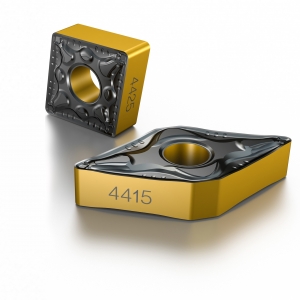

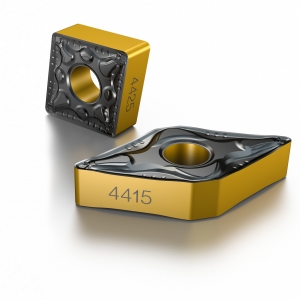
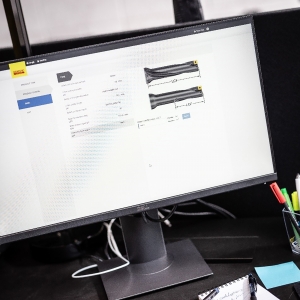


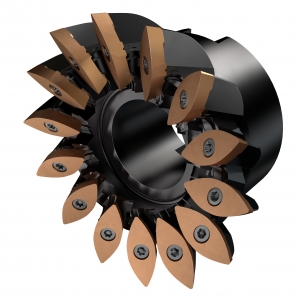
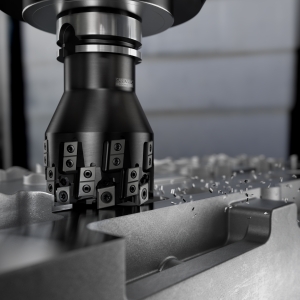
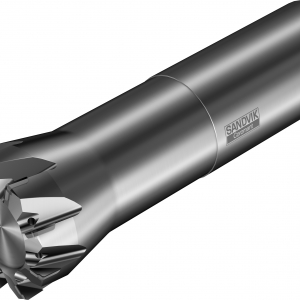
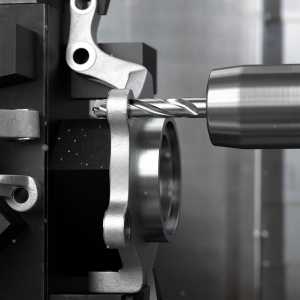
 PRODUCTS
PRODUCTS

